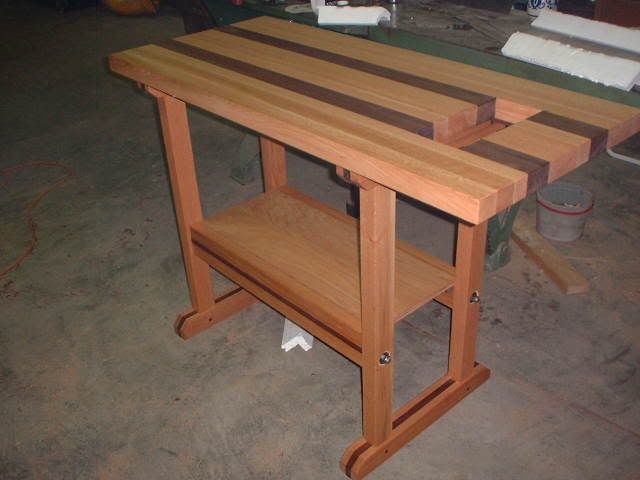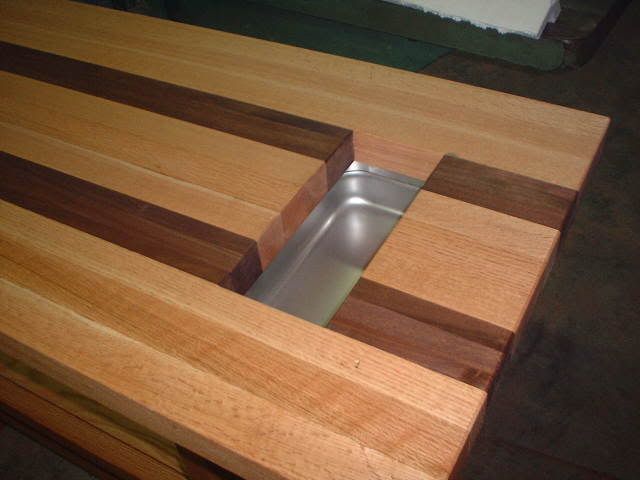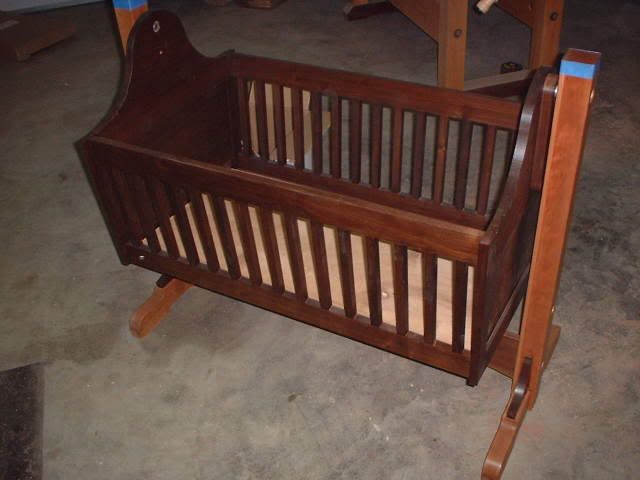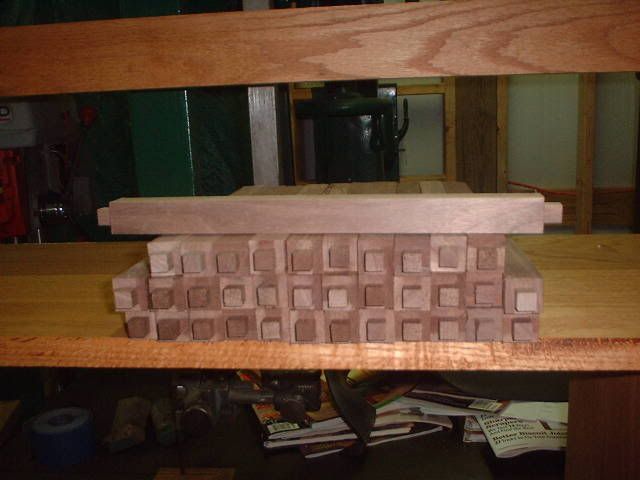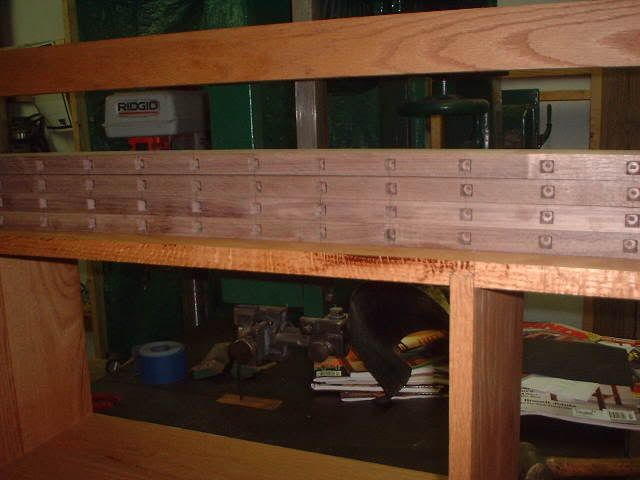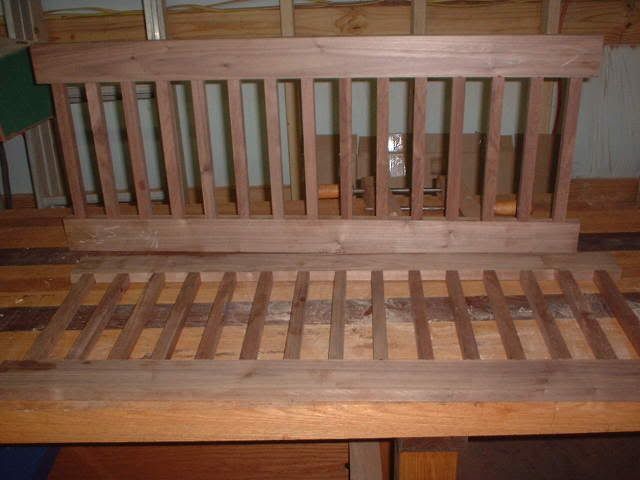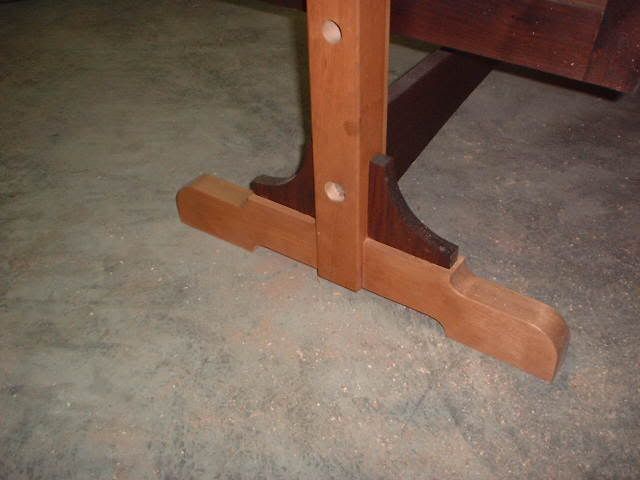mystry tour,
Thanks for sharing the project! I happen to be putting together a new kitchen counter top right now made of slabs of hard maple, similar in design to your project, so this is a welcome discussion for me!
I have a question or two...
For my project, I'm planning to cut slots in the support beam under the top, about one every 12". Then I'm going to drill pilot holes through the center of each slot, into the top itself. Then I plan to run #10 1/4" lag bolts up into the top, about halfway into it's thickness, with a washer underneath to allow the lag bolt to shift.
The other thing is about wood movement. With my project, I glued all the slabs face-to-face, so the end grain is up. Based on my knowledge of wood movement, it seems that the shift would be in the thickness of the top, not the length or width, since wood movement occurs across the face. But I've read a different opinion elsewhere.
By the way, Dan offered some good advice about photos. You have the advantage here of being able to have your photos appear in your posts, if you want.
Thanks,
Matthew
PS: Why do I always hear Beatles songs when I see your name!
